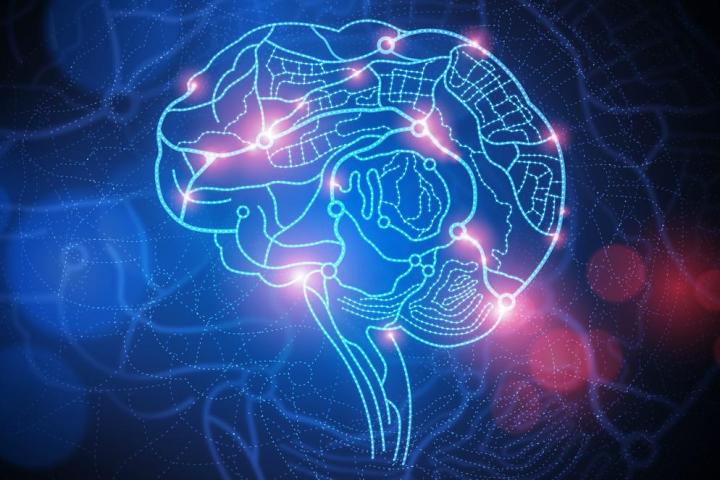
Though the technology has only been tested on monkeys and rats thus far, the implications for the human mind are truly exciting. In one experiment, scientists wired the brains of three monkeys who were placed in separate rooms, and tasked them with controlling a virtual arm they observed on a screen. Their brains were not connected to one another, but rather to a computer, and only by thinking together could they successfully create movement on the screen. After completing this task, the team added an additional challenge, allowing each monkey to only control one dimension of movement. Still, the monkeys were able to think together. Said Nicolelis, “They synchronize their brains and they achieve the task by creating a superbrain — a structure that is the combination of three brains.”
In another experiment though, the team did connect brains to one another, as well as to a computer. Four rats were mind-linked and rewarded whenever they achieved some sort of synchrony in their brain activity. After their 10th training session, the rats thought as one a stunning 61 percent of the time. And when they used the power of all four of their brains, the rats were able to solve simple weather problems, like whether or not it would rain, with a much higher rate of accuracy than they were able to do independently.
Said Nicolelis, “This is the first demonstration of a shared brain-machine interface, a paradigm that has been translated successfully over the past decades from studies in animals all the way to clinical applications.” Much like parallel processing works in a computer, a number of scientists and academics have expressed great excitement over the wealth of possibilities this study opens up, especially when applied to humans. Andrea Stocco of the University of Washington in Seattle, who was not part of the original project, told the New Scientist, “Once brains are connected, applications become just a matter of what different animals can do. All anyone can probably ask of a monkey is to control movement, but we can expect much more from human minds … Sometimes it’s really hard to collaborate if you are a mathematician and you’re thinking about very complex and abstract objects. If you could collaboratively solve common problems [using a brainet], it would be a way to leverage the skills of different individuals for a common goal.”
So who knows, perhaps in the not-so-distant future, we’ll be able to share a collective intelligence to solve all the world’s problems.
Editors' Recommendations
- Are we about to see ‘the iPhone of artificial intelligence’?
- Staggering implications: Smartphones may soon use our gait to see if we’re drunk


